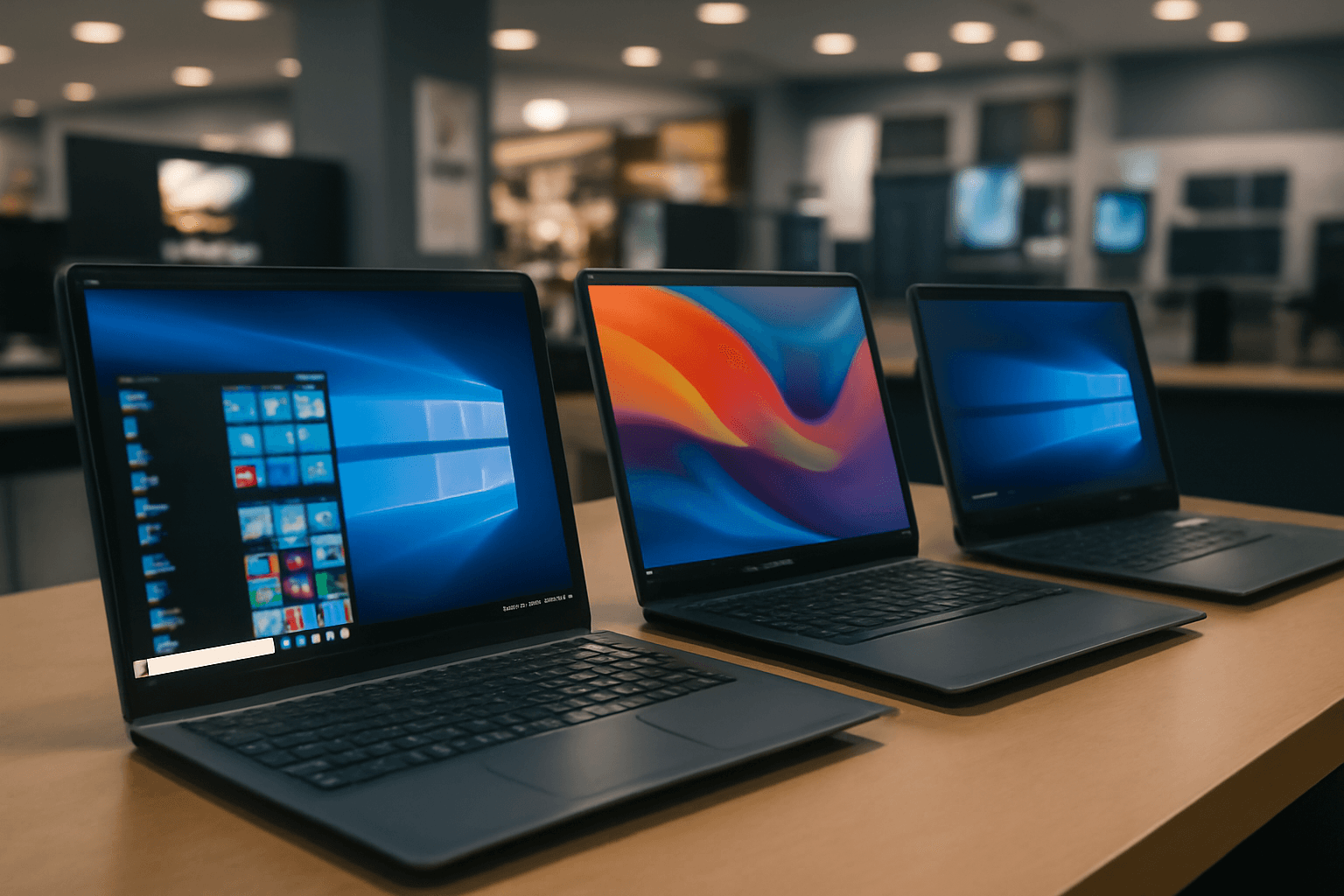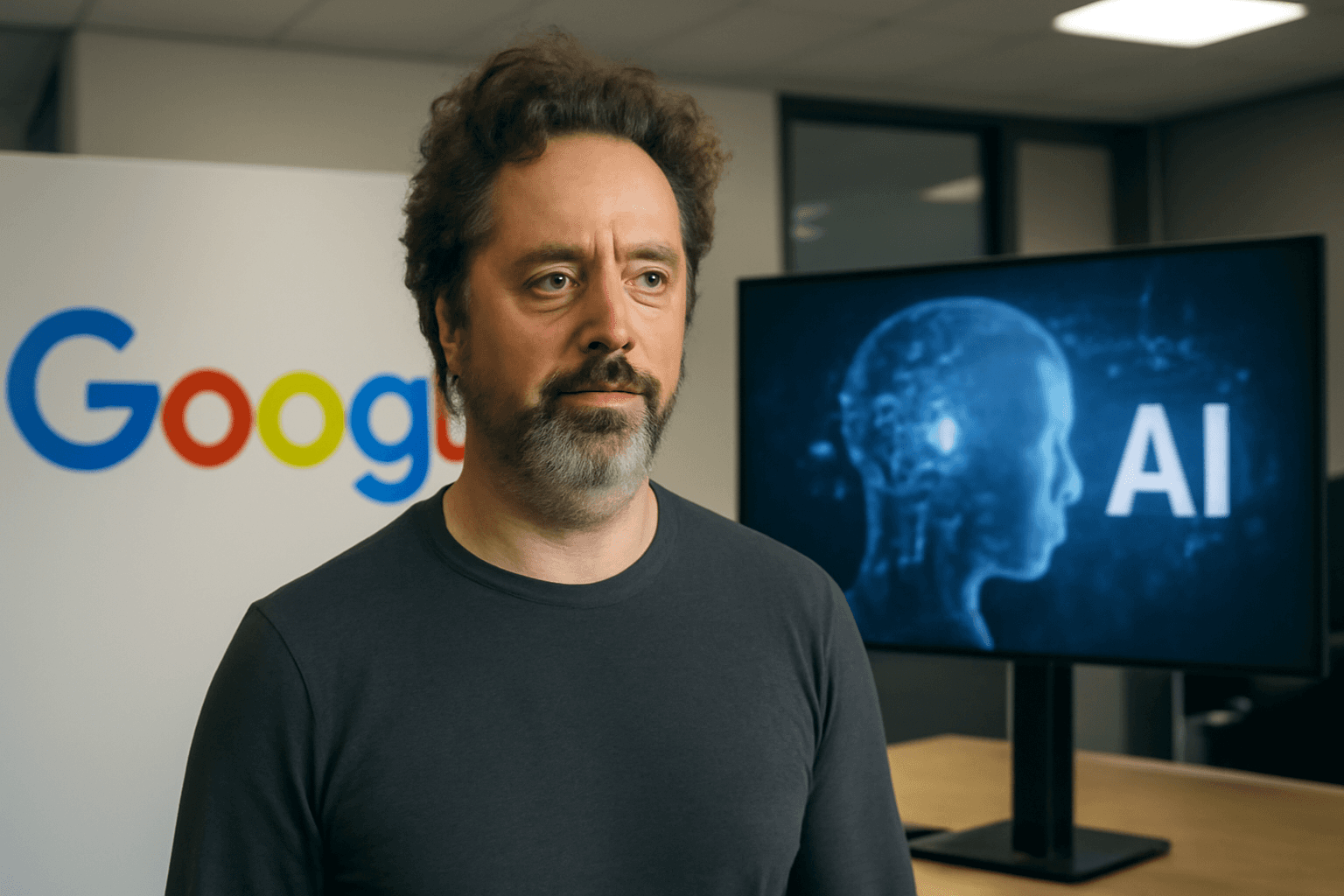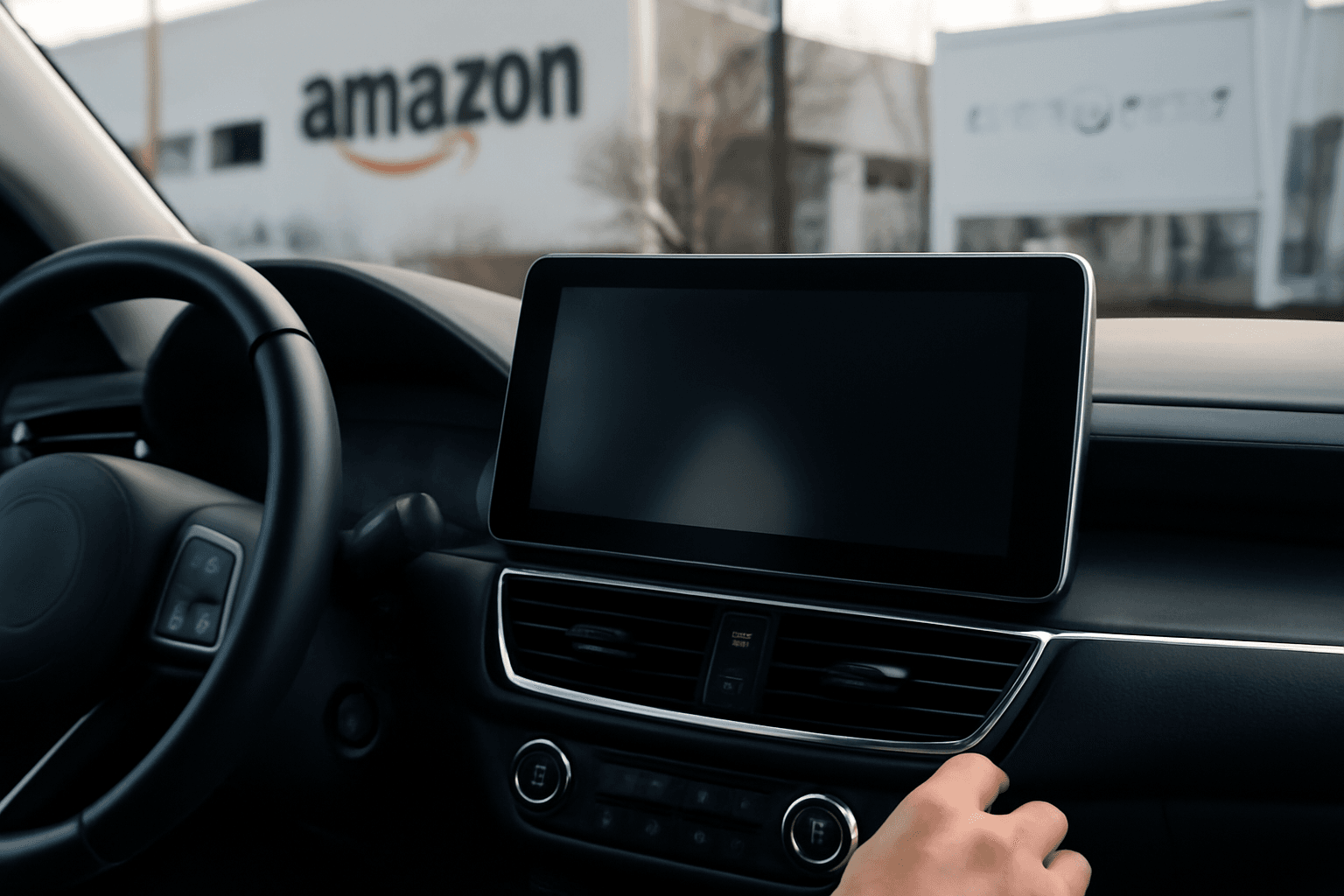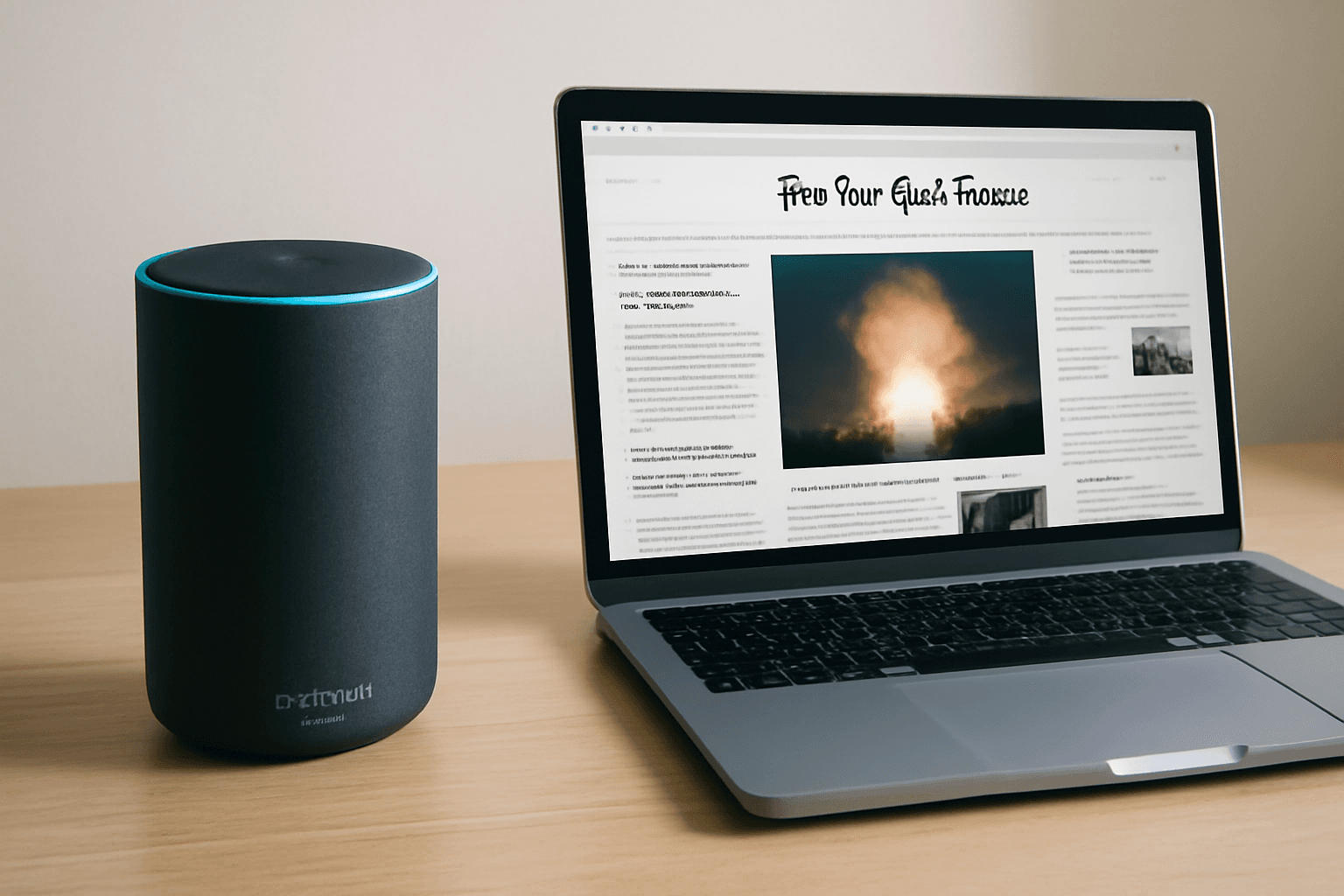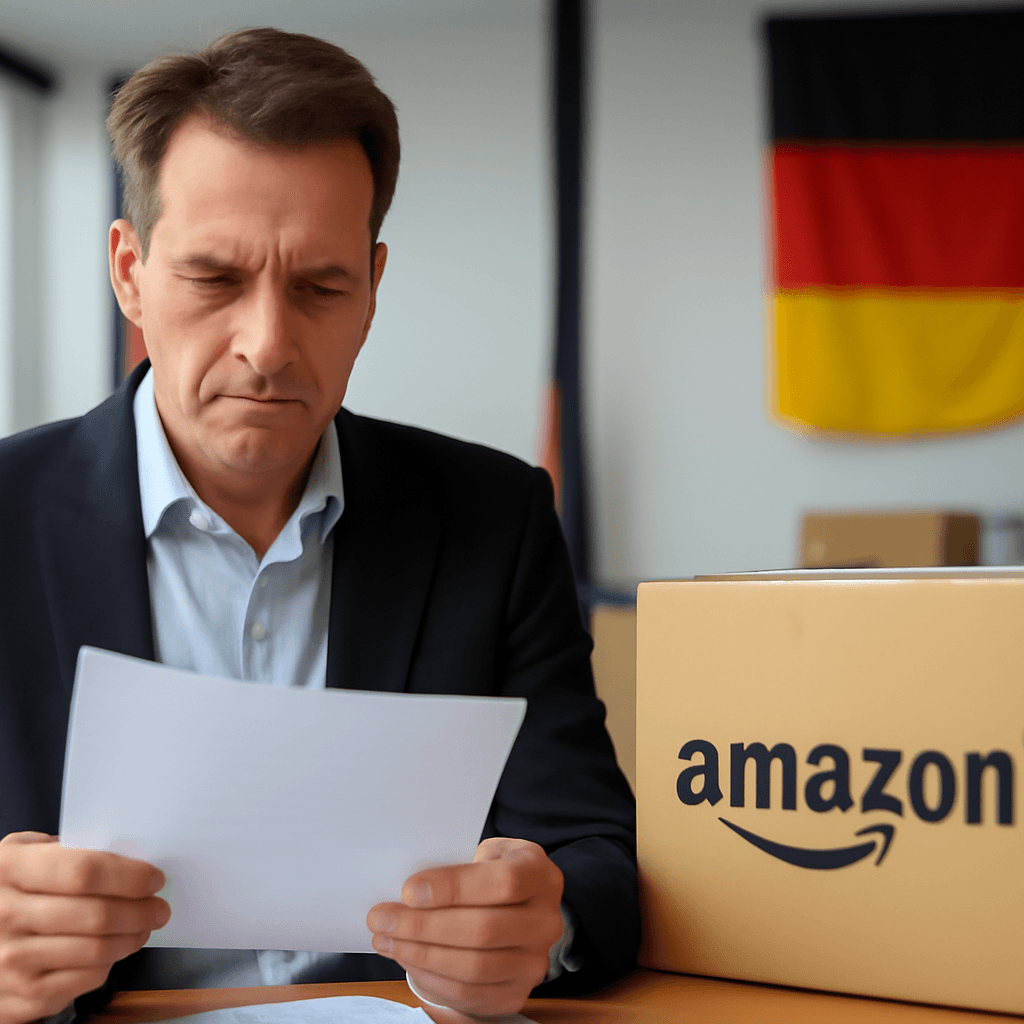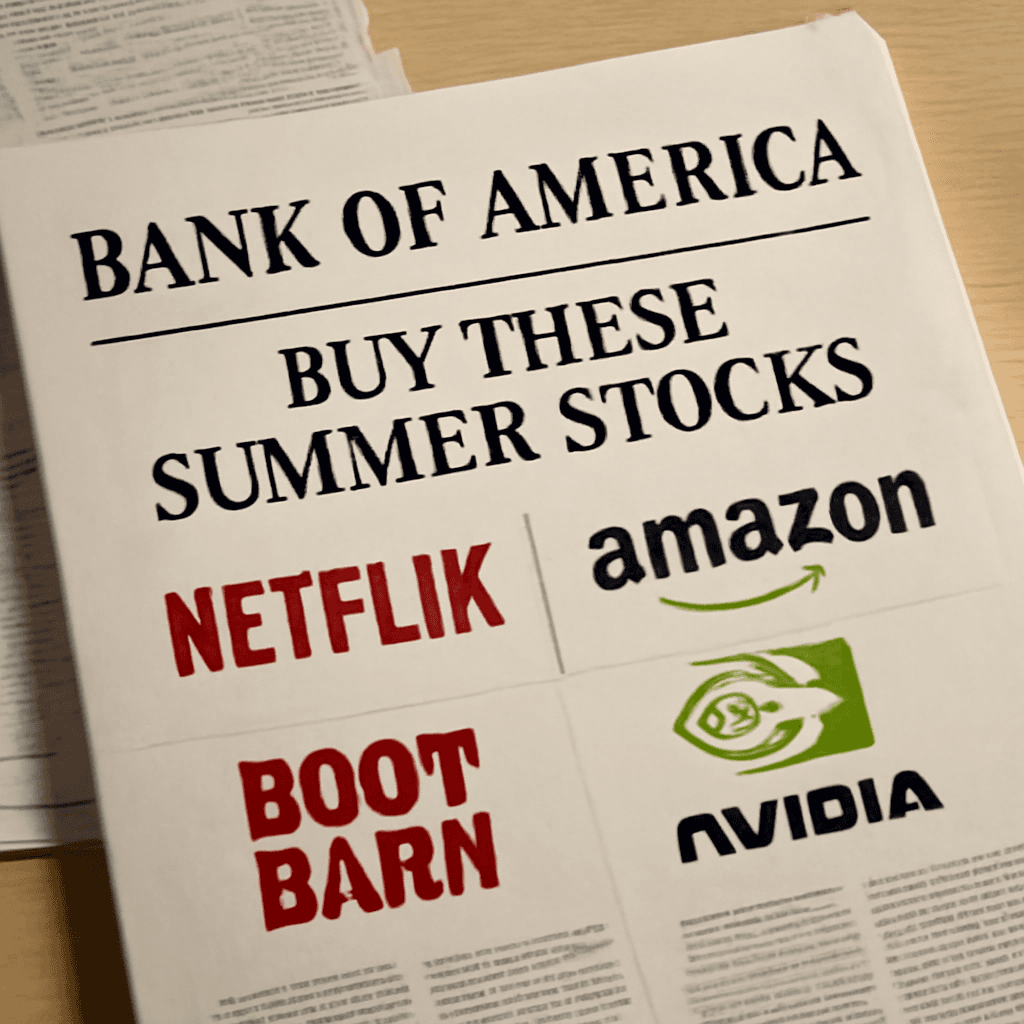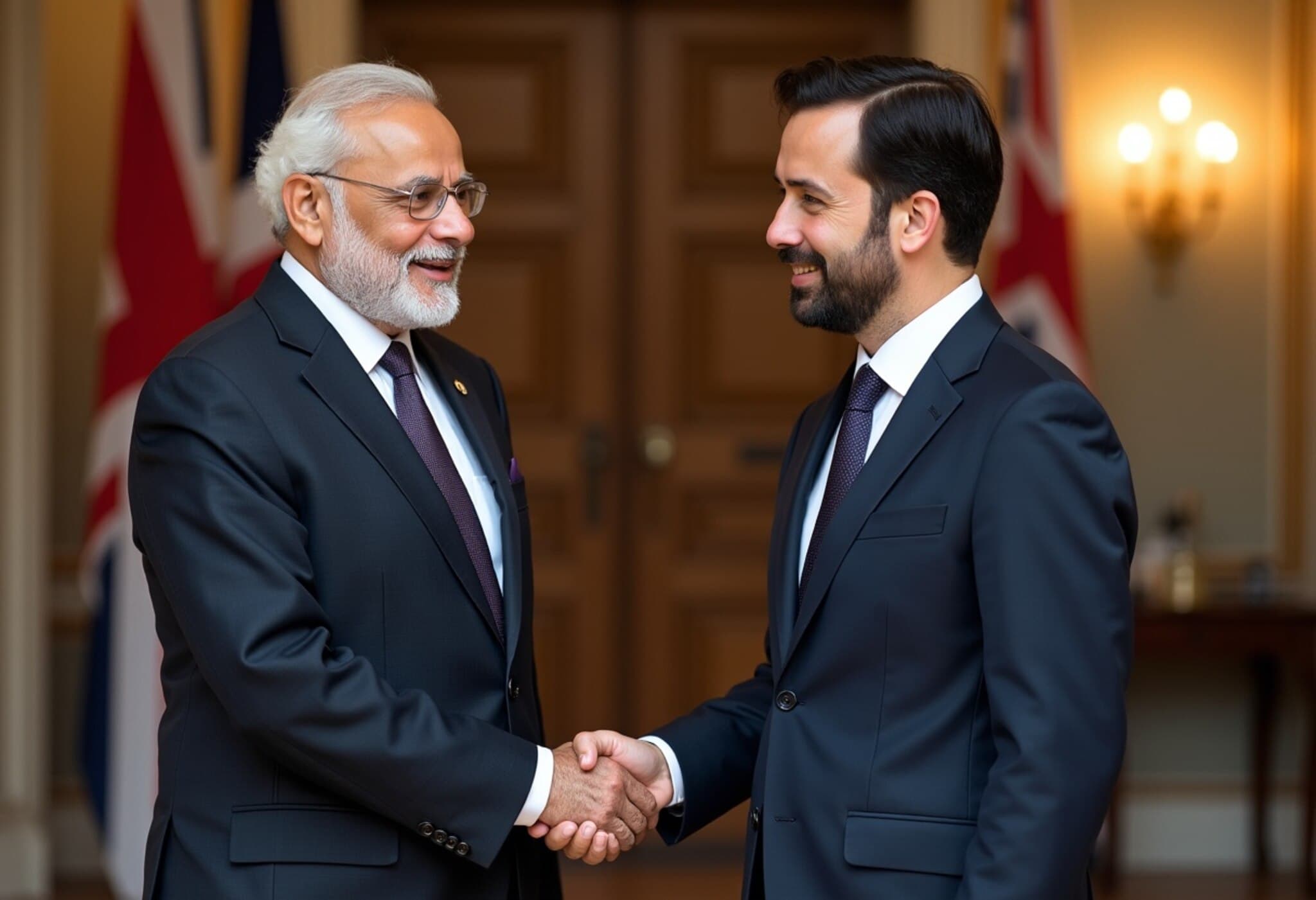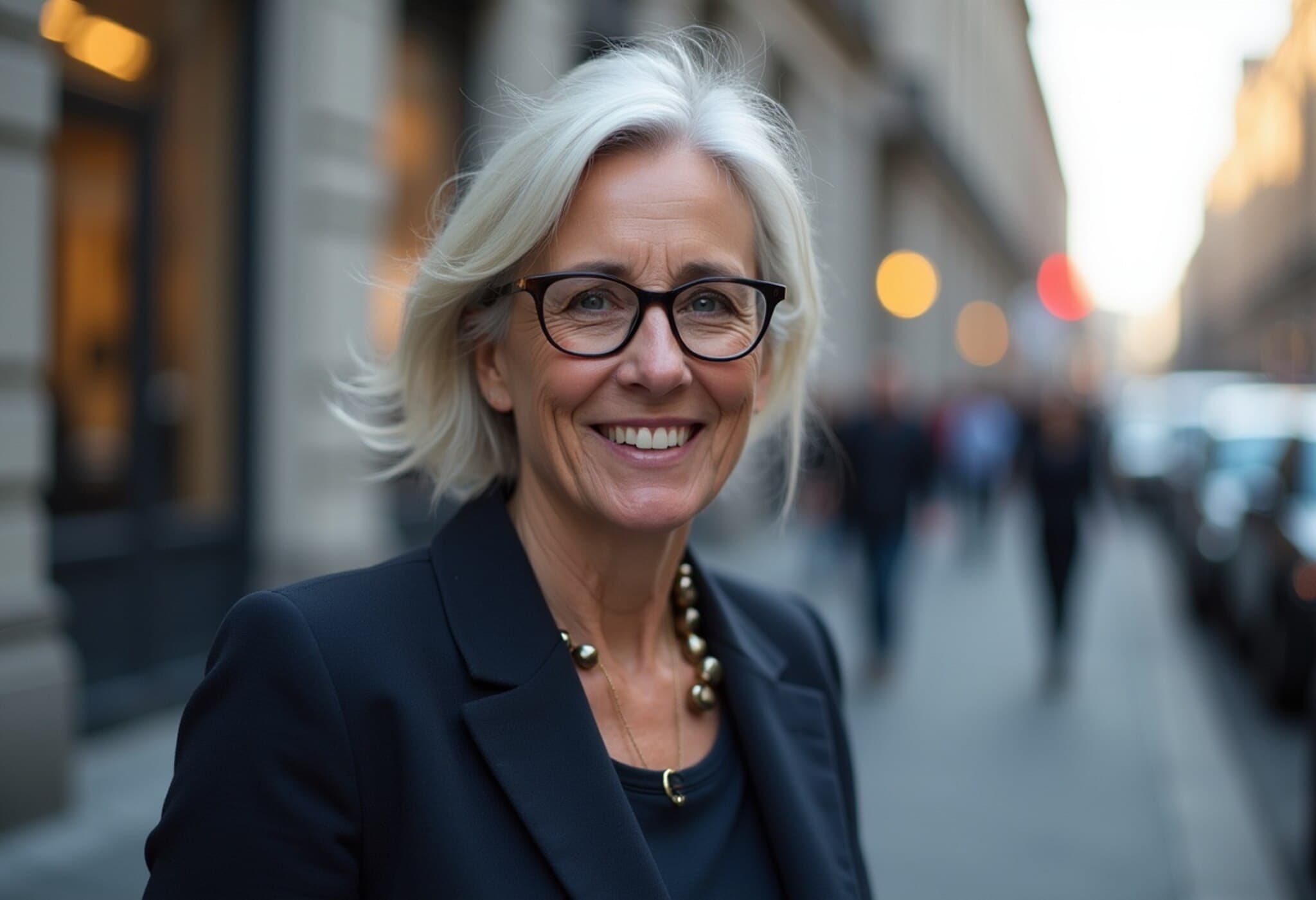Amazon Invests in Startup Tackling a $103 Billion Return Fraud Crisis
In the relentless world of retail logistics, Amazon has turned to cutting-edge startups to address a costly and growing challenge: return fraud. This deceptive practice, where consumers claim refunds but send back empty boxes or incorrect items, siphoned off an estimated $103 billion from retailers last year, according to industry analytics firm Appriss Retail.
Innovating Against Return Fraud with Terahertz 3D Imaging
Sunnyvale-based Cambridge Terahertz is leveraging next-generation 3D imaging technology to peer inside sealed packages without disrupting the supply chain flow. Their compact, pyramid-shaped device uses terahertz waves to create detailed imagery of a package’s contents—essentially enabling warehouses and shipping centers to verify returns rapidly and accurately.
"Amazon handles an immense volume of parcels daily," said Nathan Monroe, CEO and co-founder of Cambridge Terahertz, whose device can fit in the palm of a hand yet packs the power of airport-style security scanners. "Ensuring what’s inside a box matches the return claim is a critical operational and financial hurdle for retailers."
Backing from Amazon’s $1 Billion Industrial Innovation Fund
Cambridge Terahertz recently closed a $12 million seed round, with Amazon’s Industrial Innovation Fund among the key investors. Established in 2022, this $1 billion fund is dedicated to sourcing breakthrough technologies that enhance Amazon’s sprawling logistics network—from warehouses to last-mile delivery.
Franziska Bossart, head of the Industrial Innovation Fund, highlighted the strategic alignment: "The ability to non-invasively inspect packages at various points in the supply chain offers Amazon a powerful tool to mitigate loss and improve customer trust." Amazon often pilots fund-backed technologies with the prospect of deeper collaboration or acquisition.
Beyond Retail: Broader Applications and Government Interest
While the startup was born from MIT research aimed at security scanning—originally to detect concealed weapons—its technology’s potential reverberates across multiple sectors. Cambridge Terahertz has secured four government contracts and engaged with U.S. Customs and Border Protection on screening shipments for illicit substances like fentanyl, addressing a significant national security concern.
"This technology’s versatility promises impact beyond retail," Monroe explained. "We’re exploring applications in aerospace, manufacturing, and medical fields, wherever knowing the contents inside sealed containers is critical."
Addressing an Underreported Retail Challenge
Return fraud quietly chips away at retailer profitability and customer experience, forcing inflations in prices and enforcement costs. Cambridge’s solution, backed by a tech behemoth like Amazon, signals a practical, tech-driven response at a time when the retail industry desperately seeks innovation to stem losses.
- Return fraud losses: Approximately $103 billion annually.
- Technology: Terahertz 3D imaging capable of non-invasive package inspection.
- Funding: $12 million seed round, including Amazon’s Industrial Innovation Fund.
- Broader impact: Government contracts for border security and expanded uses in aerospace and healthcare.
Looking Ahead
With this infusion of capital, Cambridge Terahertz plans to scale its workforce and finalize product development. Amazon’s backing not only lends financial muscle but also positions the company to integrate its solutions into massive logistics operations, potentially setting a new industry standard for package verification and fraud prevention.
Editor’s Note
Return fraud remains an underappreciated threat to the retail ecosystem, quietly inflating consumer costs and complicating supply chains. Amazon’s bet on terahertz 3D imaging reflects a growing trend of leveraging advanced science to untangle operational challenges. As this technology matures, critical questions emerge: Could such innovations redefine returns policies? What privacy considerations arise from seeing inside sealed packages? And how might this ripple through regulatory landscapes governing consumer rights and data security?
Readers interested in supply chain innovation, retail economics, or technology governance will find Cambridge Terahertz’s trajectory a compelling case study in the intersection of cutting-edge tech and everyday commerce.



